The dazzling spectacle of Tomorrowland's main stage has long been a hallmark of the world-renowned electronic dance music festival. Yet behind the mesmerizing holograms, pyrotechnics, and colossal LED displays lies an astonishing reality—the sheer energy consumption required to power this technological marvel rivals that of a small town. As festival-goers lose themselves in the synchronized symphony of light and sound, few pause to consider the infrastructural behemoth humming beneath their feet.
The Hidden Power Grid
Unlike traditional concert setups that rely on localized generators, Tomorrowland's main stage operates as a temporary microgrid. Engineers deploy industrial-grade transformers capable of handling voltages typically reserved for municipal power stations. The holographic projectors alone—which create the illusion of artists performing as towering spectral figures—draw enough electricity to illuminate several city blocks. When combined with the subwoofers that pound out basslines felt in chest cavities half a mile away, the energy footprint begins to approach that of a modest European village.
What makes this consumption particularly staggering is its concentrated nature. Where a town distributes power across homes, businesses, and streetlights, Tomorrowland funnels equivalent wattage into a single 300-meter-wide performance space. Thermal imaging captures how stage components glow white-hot during peak performances, requiring liquid cooling systems more commonly found in supercomputing facilities. The festival's energy dashboard—monitored by a team of electrical engineers in a makeshift control bunker—spikes higher during Martin Garrix's closing set than the daily usage of Belgium's rural Oud-Heverlee municipality.
Environmental Paradox
This prodigious energy use creates a peculiar tension for an event celebrating unity and global consciousness. While Tomorrowland has made strides in sustainability through solar panels and biodiesel generators, the core technological spectacle remains an insatiable energy sink. The holographic systems—which allow deceased artists like Avicii to "perform" alongside living DJs—require such precise calibration that backup generators must run continuously, even during daylight hours when visual effects are less prominent.
Interestingly, the carbon calculus becomes more complex when considering the alternative. Transporting 200,000 attendees to witness a physical performer generates immense emissions, whereas hyper-realistic holograms could theoretically reduce artist travel. Yet as the resolution of these projections approaches 16K clarity, the processing power needed triggers a different kind of environmental toll. One backstage technician likened maintaining the system to "keeping a Formula 1 engine idling for 72 hours straight."
The Future's Heavy Current
As other festivals adopt similar technologies, the energy implications multiply. Tomorrowland's technical blueprints are now studied by event planners from Coachella to Ultra, creating an industry-wide escalation in power demands. Some engineers whisper about experimental superconducting materials that could reduce losses, while others pin hopes on next-generation nuclear microreactors—technologies still years from viability.
The festival's creative director perhaps framed it best: "We're not just pushing artistic boundaries, we're stress-testing the very infrastructure of live entertainment." For now, the magic of dancing beneath a 50-foot holographic elephant comes with a sobering reality—it burns enough joules to power thousands of refrigerators, all for three days of transcendent escape. The question lingering like static after a bass drop is whether future innovations can sustain such visions without literally dimming the lights elsewhere.
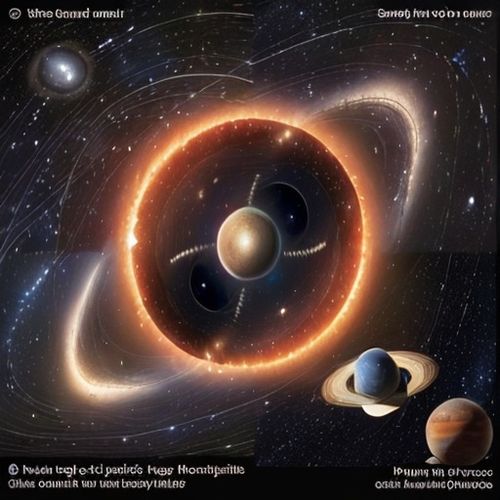
By Victoria Gonzalez/Apr 14, 2025
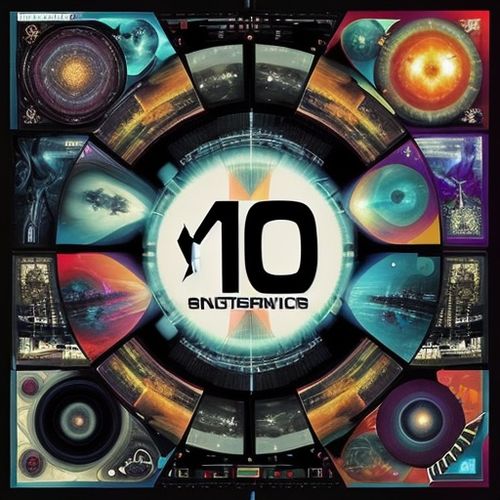
By Ryan Martin/Apr 14, 2025
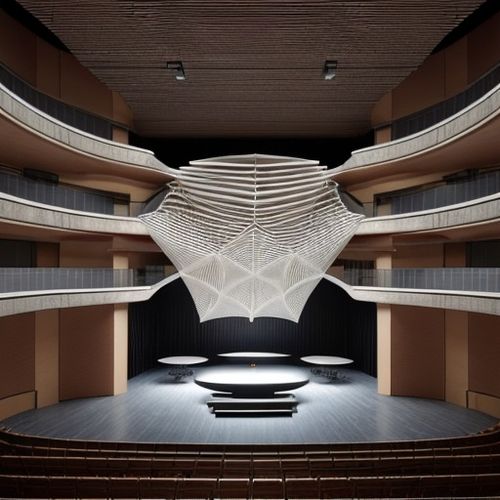
By John Smith/Apr 14, 2025
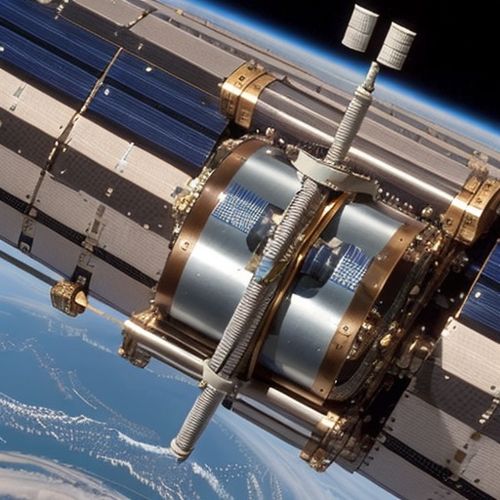
By Eric Ward/Apr 14, 2025

By Victoria Gonzalez/Apr 14, 2025

By Ryan Martin/Apr 14, 2025
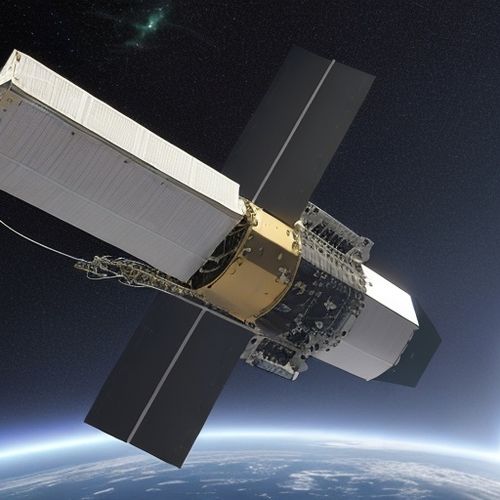
By James Moore/Apr 14, 2025
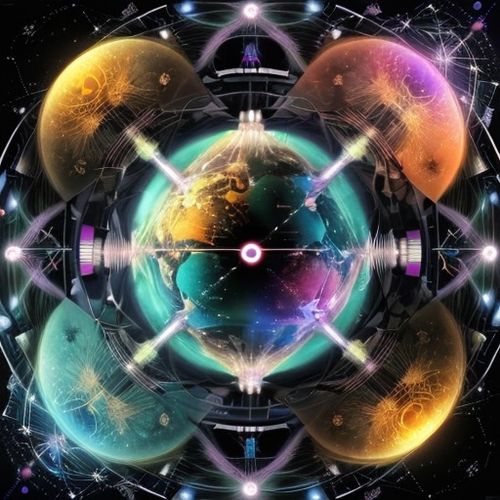
By Megan Clark/Apr 14, 2025

By John Smith/Apr 14, 2025

By Joshua Howard/Apr 14, 2025
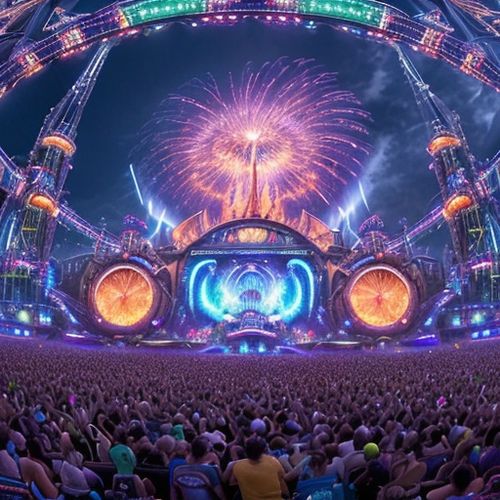
By Laura Wilson/Apr 13, 2025
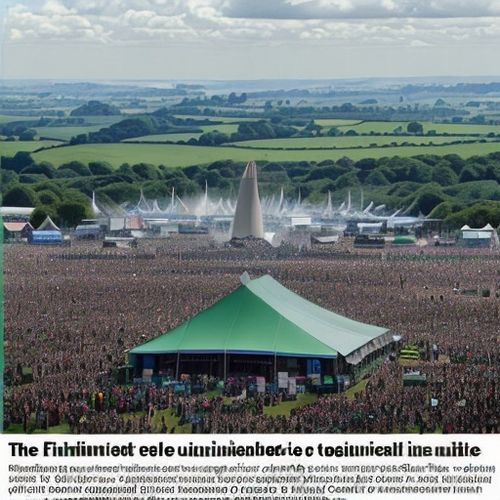
By Grace Cox/Apr 13, 2025
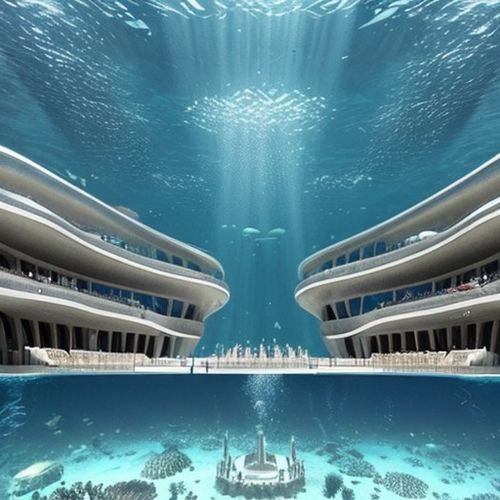
By Benjamin Evans/Apr 13, 2025

By George Bailey/Apr 13, 2025
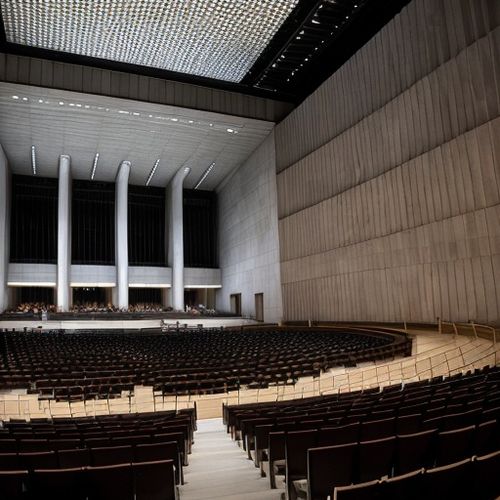
By David Anderson/Apr 13, 2025
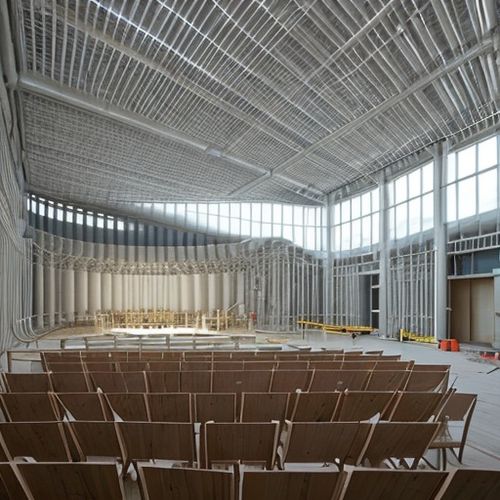
By Grace Cox/Apr 13, 2025
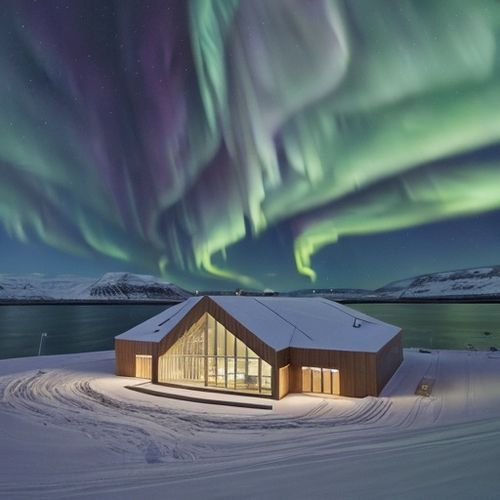
By William Miller/Apr 13, 2025

By Rebecca Stewart/Apr 13, 2025
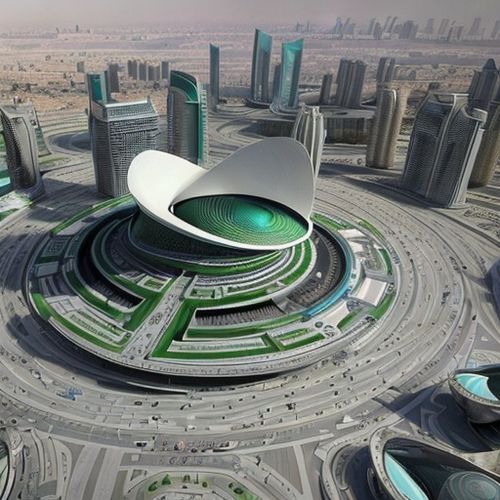
By William Miller/Apr 13, 2025
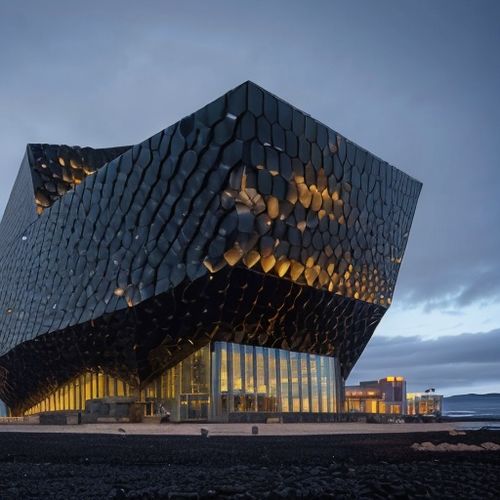
By Daniel Scott/Apr 13, 2025